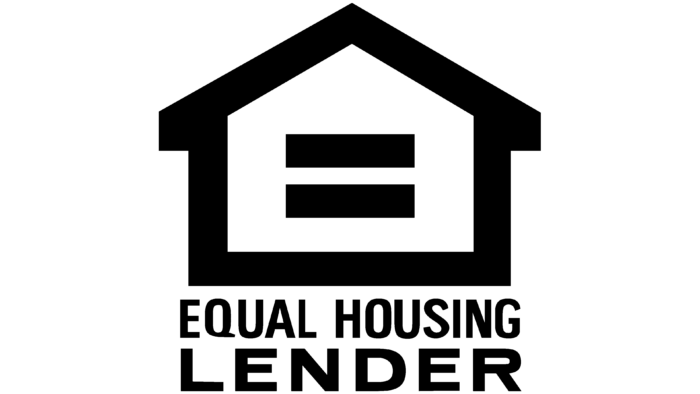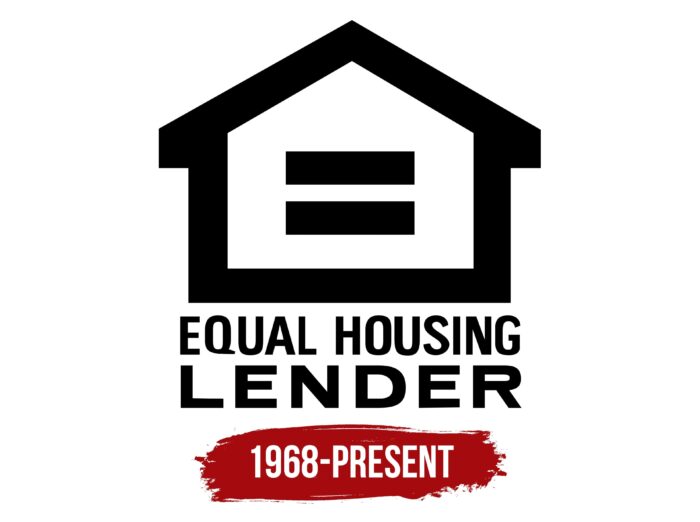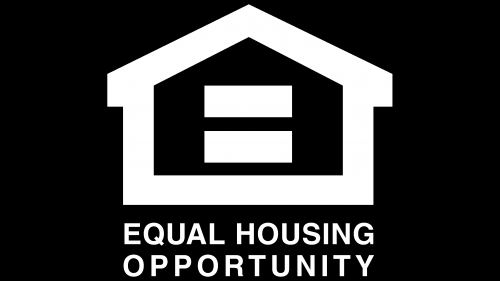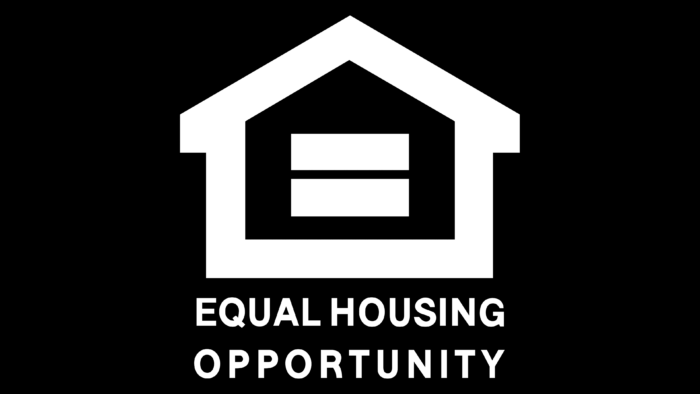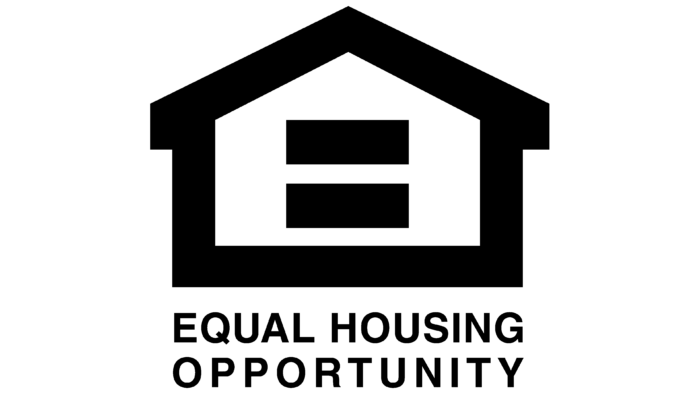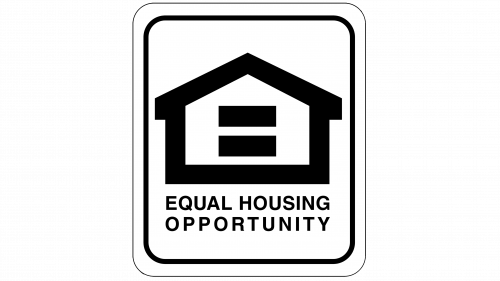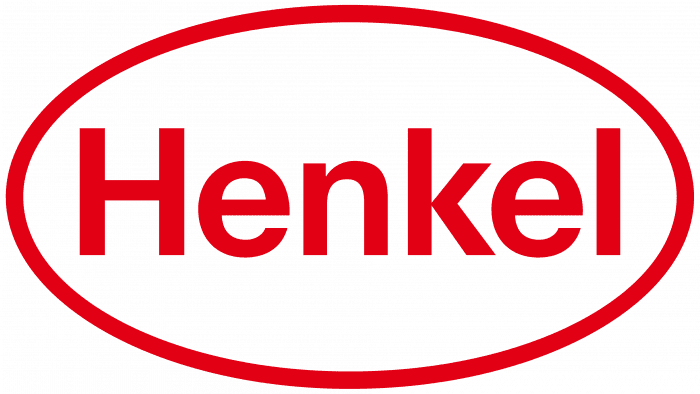The Equal Housing logo is all about straight lines, simple shapes, and clear boundaries because the organization deals with affordable housing, which should be clear to everyone who is approached. The brand presents its concept in a visual identity to avoid confusion so customers know what to expect. In this way, the emblem contributes to the stability of the firm.
Equal Housing: Brand overview
| Founded: | April 11, 1968 |
| Founder: | Lyndon Johnson |
| Headquarters: | United States |
There are many significant milestones in the history of the United States that define the continued formation and consolidation of a democratized society. One such date was April 11, 1968. On this day, President Lyndon Johnson signed an updated version of the Civil Rights Act of 1964. The significance of this version was that it greatly increased the number of acts defined by it and expanded the coverage of various areas. However, the most important point was the prohibition of discrimination in the sale, rental, and lending of residential real estate based on various criteria – race, sex, nationality, disability, and marital status. This was defined in Title VIII of the Fair Housing Act.
A wide-ranging plan of action was developed to promote the law on a mass scale, especially in areas with a high concentration of discriminated races and nationalities. For this purpose, advertising posters and billboards were created, on which a sign – a logo with the slogan about equal housing rights – was affixed, which in the future became a symbol, a “trademark .”It began to be used wherever the process of selling, renting, or lending housing involved compliance with Section Eight of the Fair Housing Act.
Meanings and History
Promoting and adopting a new version of the Civil Rights Act was long and arduous. For an entire year, from 1966 to 1967, it was constantly tabled in Congress and returned for revision with such little demand that it looked very much like an effort to sabotage its passage. Its swift passage was facilitated by the tragic death on April 4, 1968, of the Reverend Martin Luther King, who had called in his sermons for real universal equality, not on paper. The call for free and open housing was the basis of the 1966 march in Chicago and stirred the whole world, forever linking the doctor’s name to this demand.
As a result, as early as April 11, 1968, President Johnson convinced Congress to pass a new, expanded version of the law, making it a fitting memorial to the cause to which Marin Luther King had dedicated and given his life. At the same time, it was intended in this way to eliminate the mass riots across the country caused by the assassination.
The backdrop that intensified the impact on Congress was also the situation of fighting in Vietnam, from where more and more wounded were coming precisely from the weakly protected categories of the population. “Making war” by other people’s hands by reducing the risks of casualties on the part of white Americans, a characteristic American trait, has caused increased recruitment into the infantry in the most difficult sections among young blacks and Hispanics. This becomes the cause of a large number of casualties among them. But the relatives of American heroes within the States are left with no protection for their rights and no gratitude from the Government. The enactment of this Act was to demonstrate the Government’s concern for such people.
In 1969, it was decided to celebrate with pomp the anniversary of the passage of the Act and the completion of creating rules for the formalized acceptance and consideration of complaints under Article VIII of the Act.
The adopted law does not provide for the compulsory use of the sign placed in the logo of the slogan. It is believed that the presence of such an element in an advertisement, announcement, or emblem of real estate companies indicates the desire of the seller or landlord, as well as the financial company, to observe equal housing opportunities for all potential buyers or tenants. As a result, the logo and slogans developed have become symbols of equal opportunity housing. The National Association of Realtors and the American Advertising Council have taken as their theme. The logo now “adorns” these organizations’ websites, documents, and commercials. At the same time, companies marketing this market provide free posters and billboards with the logo for realtors to place on properties that meet legal requirements. This logo is fully compliant with HUD requirements, allowing the opportunity to choose a slogan under the image according to the type of funds used in the transaction. The format and size of the logo are limited only by the place of placement in the media, the interactive Web, or the size of the media in open space.
Equal Housing: Interesting Facts
Equal housing means making sure everyone can get a home without facing discrimination, no matter their race, religion, where they come from, gender, disability, whether they have kids or any other protected characteristics.
- Fair Housing Act of 1968: This law from 1968 is a big deal in the US. It was created during the Civil Rights Movement and says you can’t discriminate against people when selling, renting, or financing homes. It now also covers discrimination based on disability and whether someone has a family.
- Global Recognition: The right to have a decent place to live is recognized worldwide as a basic human right. It’s even in the Universal Declaration of Human Rights.
- “Tester” Programs: To check if housing laws are being followed, some organizations use “testers.” These are people who pretend to be looking for a home to see if the laws against discrimination are being respected.
- LGBTQ+ Protections: In some places, laws also protect LGBTQ+ people from being discriminated against in the housing market. These laws are still changing and depend on where you are.
- Accessibility: Laws also require certain features, such as ramps or wider doorways, in buildings so that people with disabilities can live there comfortably.
- Urban Planning Influence: The idea of equal housing has helped shape how cities are built and grown, ensuring communities are welcoming to everyone by including affordable housing and different types of homes for all income levels.
- Technology’s Role: Thanks to the internet and apps, finding a place to live, reporting discrimination, and learning about your rights is easier than ever.
- Economic Benefits: Studies have found that fair housing benefits the economy. It leads to less segregation and more diverse communities, making neighborhoods more vibrant and opening up more opportunities.
- Educational Campaigns: There are campaigns to teach people about their rights and responsibilities regarding housing, aimed at both renters and landlords.
- Legal Support: If someone thinks they’ve been discriminated against, organizations are ready to provide advice, legal representation, and support in filing a complaint.
In short, equal housing laws and initiatives build communities where everyone can find a home without unfair treatment. They’re key to ensuring our society is fair, diverse, and inclusive.
Font and Colors
The logo is represented by an outline image of a one-story house with a gable roof in terms of composition. Inside the space bounded by the contours, in the center on a white background is an equal sign. This style was not chosen by chance. It harmonizes well with any background and stands out, making it especially noticeable in all situations. At the same time, it does not affect the quality of perception of the original emblems and logos of companies using this mark.
An inseparable element of the logo is the text in black in capital letters. The main providing for the transaction with the buyer or lessee’s fixed assets – Equal Housing OPPORTUNITY. For properties available through loans from financial institutions – Equal Housing LENDER.
The text is located below the outline of the house. In the first, the letters and font of all words are the same type and thickness and are oriented strictly along the edge of the left and right borders of the house image. In the second, the letters are thinner and symmetrically on both sides, somewhat beyond the borders of the outlines of the upper image. The font is placed in 2 lines. At the top is Equal Housing. Underneath is OPPORTUNITY or LENDER. The font has a minimalist style, which ensures its clear visual perception even at a long distance, which is important for posters and billboards.
fair housing logo
Equal Housing color codes
| Black | Hex color: | #000000 |
|---|---|---|
| RGB: | 0 0 0 | |
| CMYK: | 0 0 0 100 | |
| Pantone: | PMS Process Black C |
